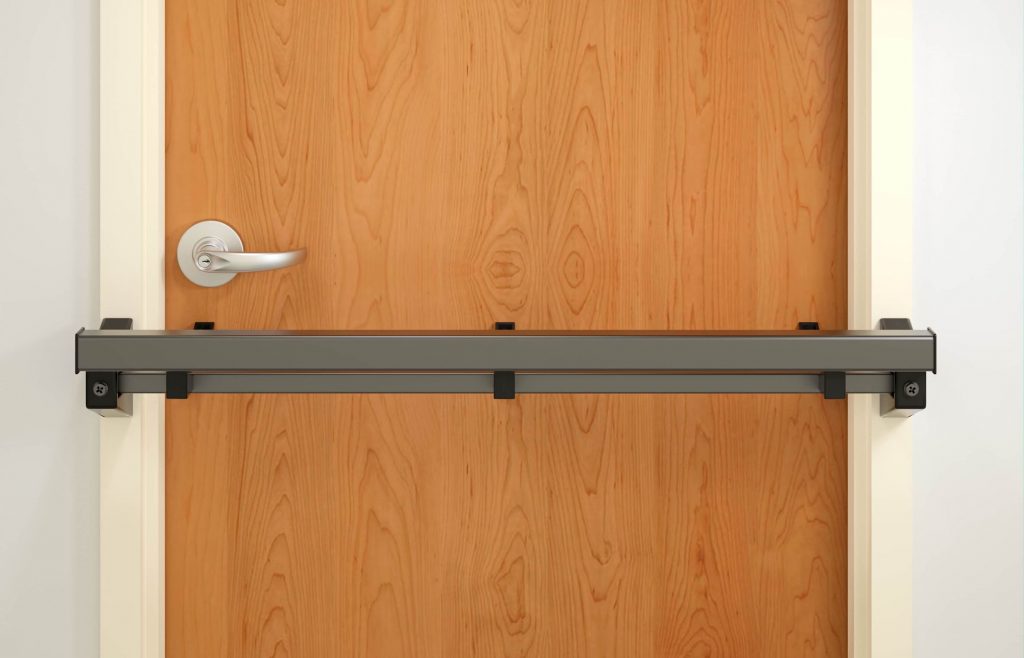 As I’ve mentioned in previous posts, shortly after the NFPA technical meeting on June 7th, two appeals were filed. These appeals were submitted in favor of keeping the proposed changes to NFPA 101 that would allow 2 releasing operations for certain egress doors instead of 1 releasing operation.
As I’ve mentioned in previous posts, shortly after the NFPA technical meeting on June 7th, two appeals were filed. These appeals were submitted in favor of keeping the proposed changes to NFPA 101 that would allow 2 releasing operations for certain egress doors instead of 1 releasing operation.
The appeals, filed by Dave Geenens of Fire Door Solutions and Keith Pardoe of Pardoe Consulting, are now available on NFPA’s website. To download the appeals, go to NFPA’s page for the Standards Council and click the link that says Part 2. The appeals begin on page 62 of that PDF file.
Letters supporting and opposing the appeals begin on page 74 of the same PDF. I think this comment from Vincent Quinterno of the Rhode Island State Fire Marshal’s office sums it up well (page 78 of the Part-2 document):
“Many classroom assaults actually occur from within the classroom itself. The use of these secondary locking mechanism will delay egress for the room itself. This delay will further increase the danger to occupants. Also, secondary locking mechanism may create egress difficulties for people with disabilities and not allow them a means of egress to escape danger.”
David Collins, of the Preview Group and also representing the American Institute of Architects (AIA), addressed the impact of installing classroom barricade devices (page 80 of the Part-2 document):
“As an industry, we the designers, builders and owners have relied upon codes and standards working together to provide the appropriate installation of products that have been tested and proven to meet minimum criteria of performance in buildings. These expected minimum criteria have not been established for how secondary devices placed on classroom doors will perform in a crisis situation. Many of these devices have never been tested to meet any criteria. To simply allow their use is contrary to the goals, objectives and I believe intent, of the Life Safety Code.
The appellants are a product manufacturer and a representative of that same manufacturer. Their interests do not reflect the broad spectrum of the designers, code officials and representatives of the disability community that testified at the hearing in support of the action that was taken. I urge you to uphold the vote at the Technical Meeting on CAMs No. 101-3, 101-5 and 101-6.”
Curt Decker of the National Disability Rights Network verified an important legal aspect (page 84 of the Part-2 document):
“On June 7th, 2017, Chris Griffin offered testimony supporting CAMs 101-3, 101-5, and 101-6 at the technical meeting in Boston. Chris is the executive director of the Disability Law Center in Massachusetts, and was representing the National Disability Rights Network at those proceedings. In each case, she testified the language the above-listed appeals (if successful) would reinstate was ‘discriminatory to those with physical or visual impairments, impedes egress, and is in violation of standards and laws regarding accessibility.’ “
I will report back on the results of the appeals after the Standards Council meeting on August 15th.
You need to login or register to bookmark/favorite this content.

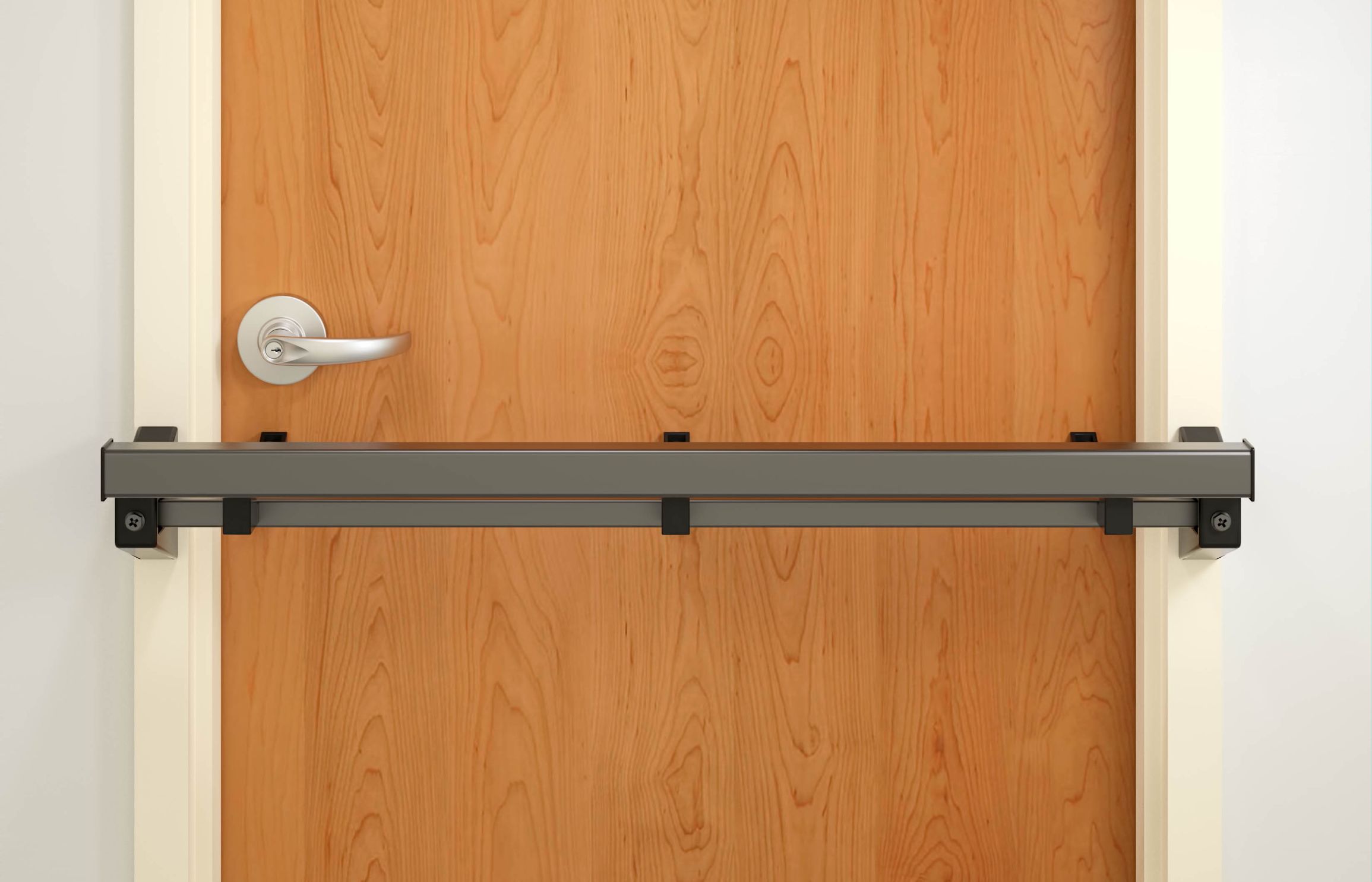
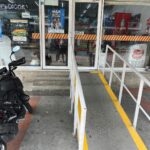
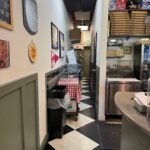
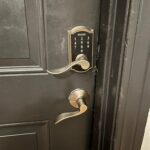
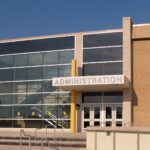
Chris brought up a good point on the “visual impairments”. If the person cannot see what the secondary locking mechanism is (or if there is one) how will they know if it is there or how to operate it? Will they have to check every time they enter a building just in case if the 2 motions pass (as most people cannot readily identify what occupancy a building is that would be allowed to have this)? As far as the regular Joe is concerned some doors would have 2 operations and some wouldn’t. I would agree that would be dangerous and discriminatory in that regard.
Some things are more important than others; this is really up there. Thanks for keeping us in the loop, Lori.
As smoke begins to fill a room, the smoke drops from the ceiling, obscuring the upper securing device. An occupant on the floor may only see the lever, and become frustrated and panic-stricken when repeated attempts to unlatch the door using the lever prove futile. Single motion unlatching is a life saver.
I want to affirm that codes dictating best safety practices are critical, and the Life Safety Code is the vessel for said codes. Fire is no longer the single or greatest threat to human life in educational occupancies. Active shooters are. Since 1980, an average of 1.5 lives per year are taken by fire in schools. During the same time, 297 lives have been taken by active shooters. The Life Safety Code must address existing educational occupancies in ways that are both reasonable, economical, and safe. Single-motion egress is enforced with fire in mind. While early barricades entering the marketplace were crude and ignored more-than-single-motion egress issues and in-classroom threats, products are being developed and refined that are better and do address these issues well. These devices will be placed on classroom doors by schools and parents legitimately concerned about their children’s safety. Local AHJ’s will be forced to support these community concerns and waive some code requirements to do so. Multiple state AHJ’s have already waived single-motion egress code limitations to meet these community concerns. This indicates that the Life Safety Code is not addressing real life safety needs in existing educational occupancies. To suggest that developing barricade devices won’t accommodate ADA concerns is to assume new devices will ignore the ADA. They can’t and won’t. To suggest that single-motion egress is violated by devices in their resting position is inaccurate. Recent barricades in their resting position do not restrict single-motion egress. Technologies are now being applied that indicate to central monitoring when a barricade is actuated indicating either a life-threatening event or misuse; both of which require immediate attention and intervention. Training programs and campus life safety education are required to ensure a comprehensive plan for all threats to safety, including active shooter. Up-to second motion egress, wrapped in critical limits and prohibitions and approval from local AHJ’s, are a way to keep the Life Safety Code current with new product developments that honor both fire safety and active shooter safety.
Just to clarify, Fire Door Solutions is a fully accredited ISO third-party inspection body that is committed to helping others help others survive life-threatening events. We are a significant inspection and repair service provider in the life-safety/fire space. The products we design are secondary and supplemental to our services. We design them when there is a void in the marketplace to remedy critical life safety gaps in compliance and protection. Our representation as primarily a product company is false. Less than 1% of our revenue comes from product sales.
Am I just missing the boat here or what? Just what is wrong with the current technology or better yet the current expansion of this technology called the Intruder Function Lock. This single action releasing system that is already available provides for the needed security in cases of an intruder and the single action release needed to provide Life Safety requirements as well as providing for single action egress in the cases of in classroom security needs. Why are we trying to reinvent the wheel when recent cases (forgive me if my information is incorrect) that have proven tragic were the result of the wrong systems being chosen as a way of protecting the bottom line (at least at the time of purchase). I come from a more than 20 year locksmith background and have seen clients opt to purchase the less expensive classroom function lock or other even lesser expensive systems (even after much explanation to the benefits of the intruder function lock) just because of the difference in cost. Some of the more later cases I even refused to do the job because of my own stance on the issue. The minimal cost difference on the front end of the project is much less expensive than the cost of the loss of one life much more, multiple lives. Who is holding these penny pinching stake holders accountable in these cases? Seems to me that the Life Safety Codes needs to read that an Intruder Function Locking System shall be used in areas such as classroom and defend in place situations and then enforced with stiff fines and more stringent penalties when the business is found in noncompliance.